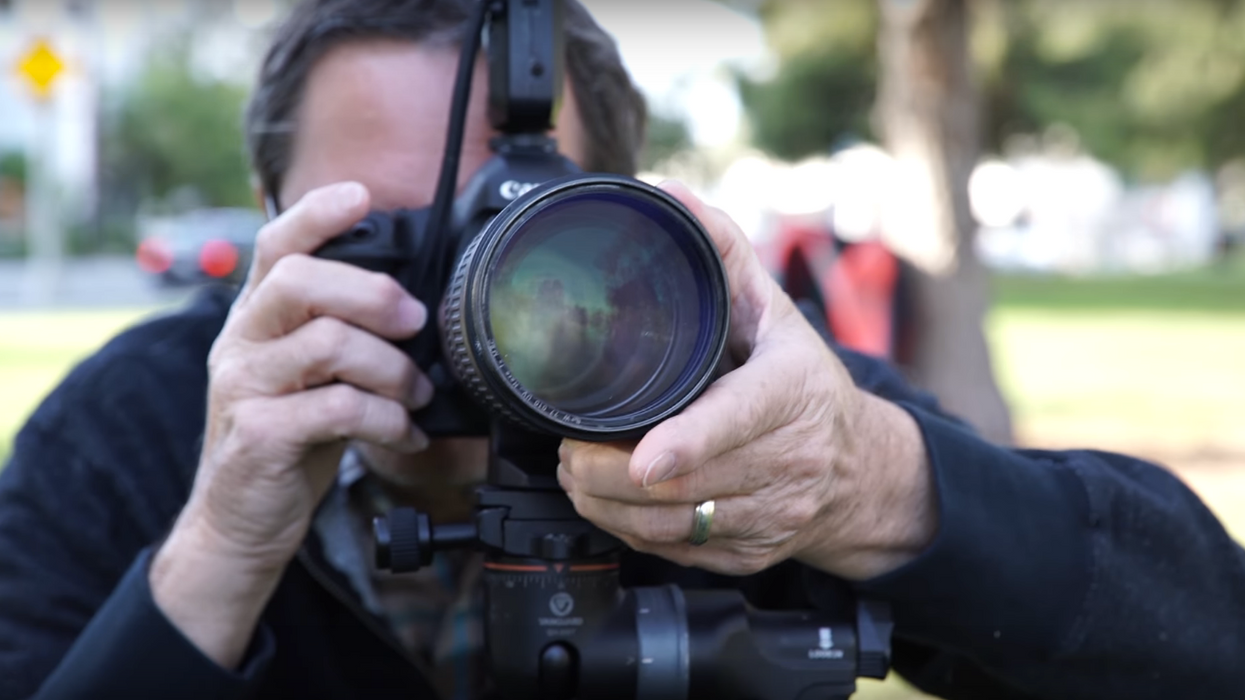Watch: How Different Zooms Affect the Look of an Image
Understand how focal length, proximity, and subject placement all work together to produce different looking images.

When you're a lazy/noob filmmaker, zoom lenses are your best friend. You see a cool subject off in the distance or across the room, so you start turning your zoom ring, and boom! You've captured your image. But then you learn that you have legs—that move—and can effectively move you closer to your subject without having to zoom in with your lens. All of a sudden you've got a whole new image on your hands; one that looks totally different than the one you captured by zooming in. What's the deal?
Well, in this video, Jay P. Morgan of The Slanted Lens teaches you pretty much everything you need to know about the differences between lens zooms, proximity, and changing your subject's position, as well as how each of these elements affect each other and your image. Check it out below:
I am the absolute laziest person in the world, so I understand wanting to constantly use zooms to capture your images. However, zooming is not just a choice in convenience, it's a choice in style as well. It might be easier to just give your zoom ring a quick twist, but it will drastically change the look of an image: it will crop it, flatten it, and change the size of background elements. If that isn't your intention, then you might want to consider your other options: moving your camera closer to your subject, moving your subject closer to you, changing your lens for a different focal length, or any combination of these.
Understanding how these elements work and affect each other and your image is crucial if you want to be able to capture the images that you want. There's nothing worse than seeing the perfect image in your head and not knowing how to reproduce it in the real world, but getting an idea of how these things work is a big step toward being able to do so.
Source: The Slanted Lens











